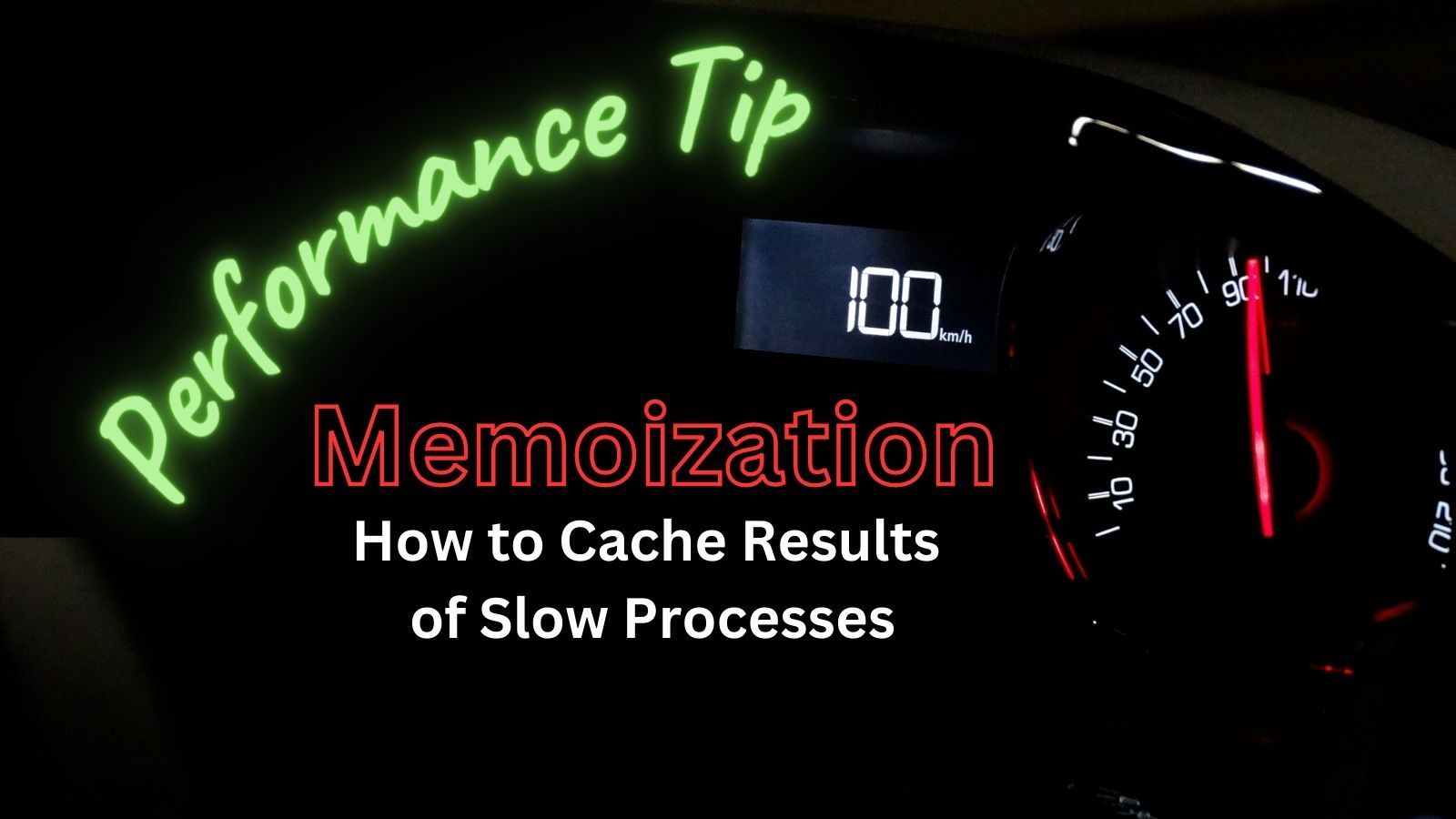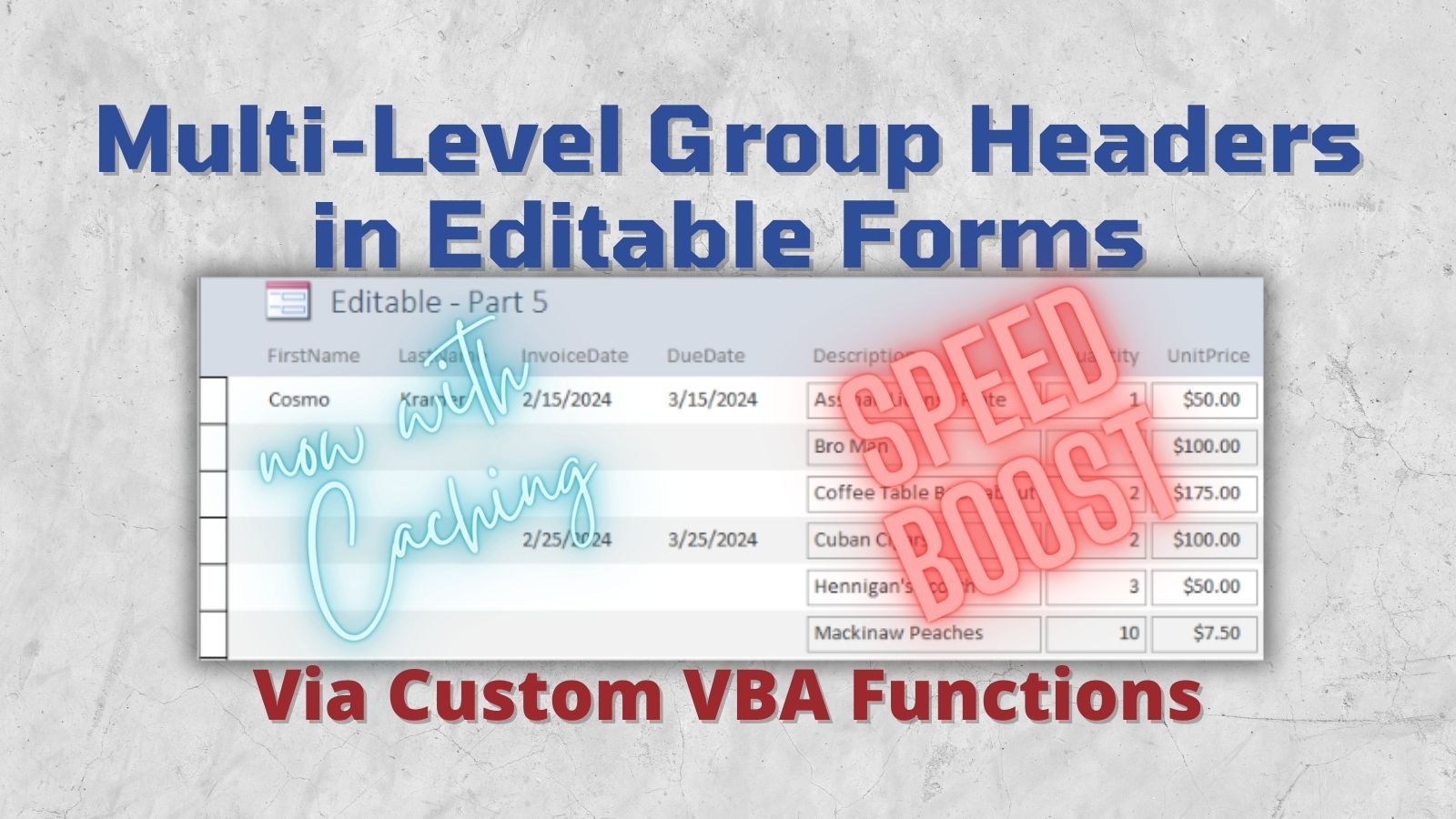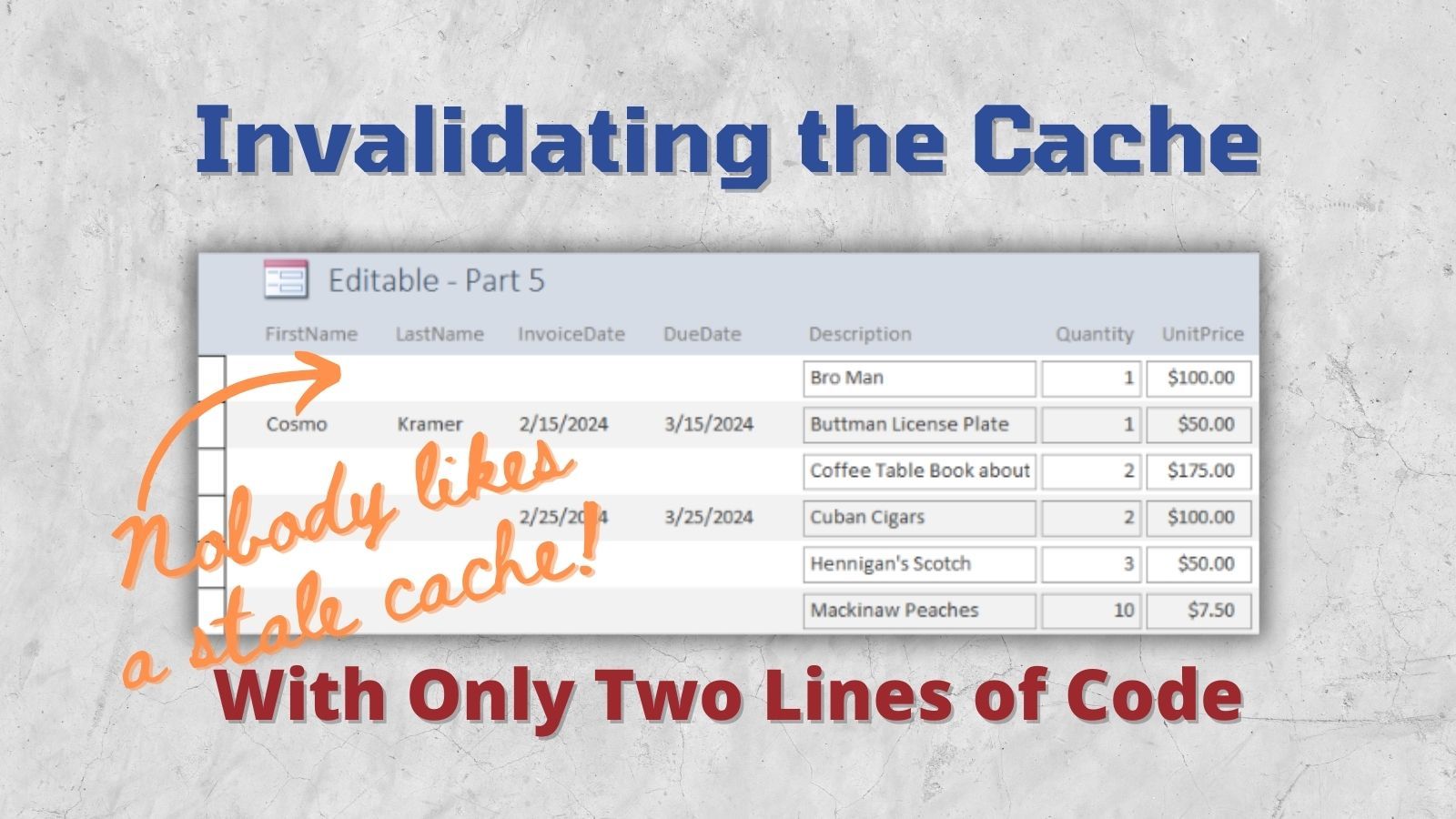Throwback Thursday: May 1, 2025
In this week's edition of Throwback Thursday, we explore the magic of "self-healing" object variables and caching in VBA.

With over a million words scattered across more than 1,500 articles on this blog, you've probably missed a few things here.
That’s why each week in "Throwback Thursday," we’ll revisit some standout posts. Expect a blend of my personal favorites, insightful articles from other great minds, and a touch of coding humor to keep things light.
Highlights from NoLongerSet.com




Wisdom from Around the Web
Self-Healing Objects, by Ben Clothier

Developer Humor
Two Hard Problems
There are 2 hard problems in computer science: cache invalidation, naming things, and off-by-1 errors.
- Leon Bambrick
Source: Two Hard Things, by Martin Fowler
Cover image generated by Ideogram

